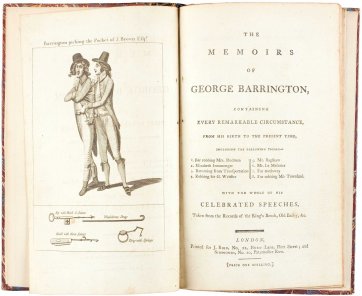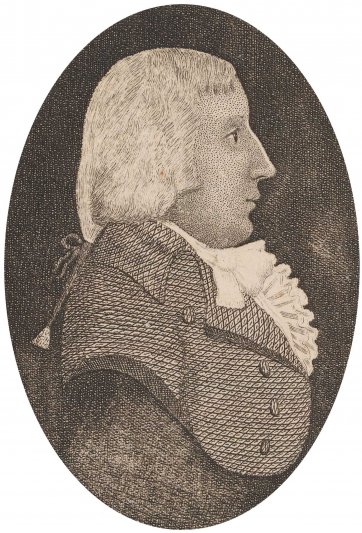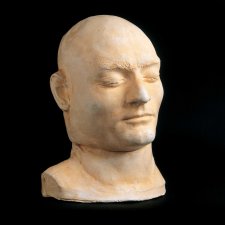By the end of the 18th century, crime, criminals and punishment were standard subjects for those engaged in the English print trade. Starting with the cheap and quickly-produced execution broadsides of the early 1700s, printers adapted to the tastes of an increasingly literate and middle-class market, graduating to higher quality portraits and publications of and about infamous malefactors.
Concurrent improvements in the production and circulation of prints made it possible for many people to gratify their curiosity about a scandal, trial or murder. The decision to establish a penal colony in New South Wales, therefore, and the concept of a society founded by convicts, provided further stimulus to an industry already accustomed to profiting from images of infamy and transgression.
The same subjects came to constitute a proportion of the output of the print trade that developed in the Australian colonies in the early 19th century, with local artists catering to curiosity about the country’s natural history and Indigenous people, and the corrupted composition of its new, non-native population.















